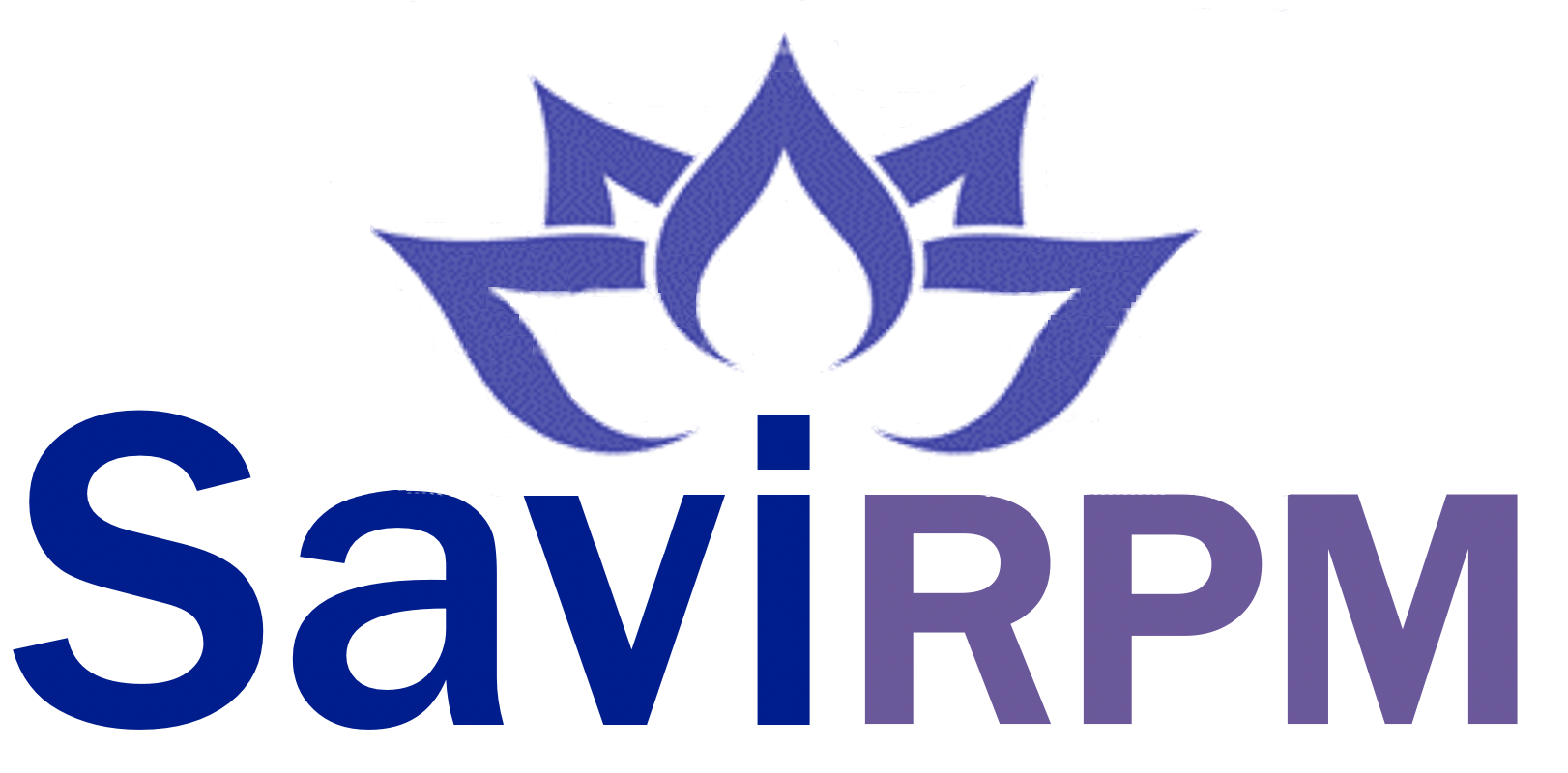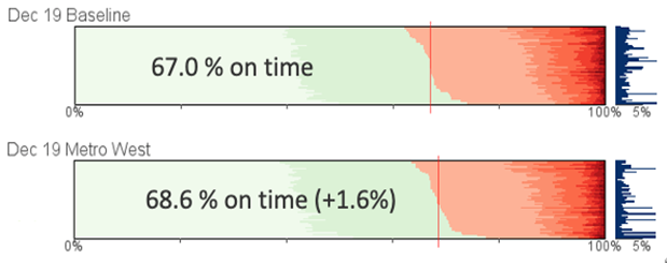

Performance impacts of new Metro West services, a new station and more passengers
A case study in partnership with GWR
“… SaviRPM has allowed us to model a proposed timetable and explore its strengths and potential weaknesses much earlier in the design process”
Simon Greenwood, Performance Analysis Manager, GWR
The challenge
Metro West, a West of England combined Authority in partnership with DfT, Local Councils and Network Rail, will provide new rail services and improved access to rail for 80,000 local people. It will provide a new station, Portway Parkway. GWR wished to assess the potential performance impacts of the new Metro West services, which will run on shared lines, at the same time as new GWR services are being introduced.
What we did
The new station was added to the GWR modelled area and the passenger demand input data adjusted with additional passenger journeys. A new timetable was created that integrated an additional 41% of GWR and Metro West services into the EF10 service group. We modelled the interaction of GWR and MetroWest services using the new timetable, injecting typical delays as observed in the region. The modelling measured all of the subsequent service delays caused by train conflicts, creating a rich set of performance results, analysed using interactive visualisations.

What we found
We found that for GWR:
- On-time station stop performance for the EF10 service group improved under the new timetable. This was an excellent result.
- Closer inspection of the modelling results with GWR and Network Rail allowed us to pinpoint locations and times where the new services could introduce additional risks.
The project demonstrated the value SaviRPM brings to the process of timetable design. The rapid set up and run time enabled GWR and Network Rail to work collaboratively, at an earlier stage in the design process, than previously possible. This improves:
- resilience and recovery planning: a Network Performance Board industry challenge area, and
- flexible and reliable train planning: a Rail Technical Strategy optimised train operations goal.
“The visualisations are really helpful, being able to see where reactionary delays were likely to be, and where they were coming from, delivered new insights and helped us see where to focus our attention"
Simon Greenwood, Performance Manager, GWR
How GWR used this information
GWR fed back modelling results into the service planning process with Network Rail, helping to improve the next iteration of timetables and operational plans. They then modelled the refined timetable using SaviRPM, to explore other potential performance risks.
Using SaviRPM
- We set up SaviRPM and created a set of modelled baseline results for a day of 3,375 services using the December 2019 timetable, for all operators in the modelled area. The alternative Metro West timetable was then modelled, this contained 4,010 services, and represents a re-design of the timetable needing to integrate 41% additional services into the EF10 service group.
- We used interactive visualisations to explore the detailed modelling results, comparing the performance of the Metro West timetable against the baseline. We identified where there was risk of additional lateness and delays, highlighting where this might occur and what might be causing it.
The modelled results
- The on-time station stop performance of the Metro West scenario timetable improved by 1.6 percentage points compared with the baseline.
- The single line branch to Severn Beach suffered additional reactionary delay minutes, due to the additional services. This reactionary congestion could result in 20% additional late arrivals.
- The modelling pinpointed on-time departure from Bristol Temple Meads, and reducing delays approaching Narroways Hill Junction as key to reducing subsequent reactionary delays on the Severn Beach line.

To find out more… and see the interactive visualisations in action
contact us: savi@risksol.co.uk